 If you are applying for a home loan of any kind, there is a high likelihood that your lender will require a home appraisal. An appraisal is done to figure out how much your home is actually worth because the lender does not want to lend you more money than you could theoretically sell the home for in the future. There are some situations where the lender might be fine with a drive/by appraisal. What does this mean?
If you are applying for a home loan of any kind, there is a high likelihood that your lender will require a home appraisal. An appraisal is done to figure out how much your home is actually worth because the lender does not want to lend you more money than you could theoretically sell the home for in the future. There are some situations where the lender might be fine with a drive/by appraisal. What does this mean?
Comparing A Traditional Appraisal To A Drive By Appraisal
A traditional appraisal is a very thorough process where the appraiser comes to the home and inspects almost every portion of the home. This includes the interior and exterior. Then, the appraiser uses the information to calculate an estimate of the value of the home.
In a drive-by appraisal, the appraiser will only look at the exterior of the home. Then, the appraiser will compare this to the exterior of similar homes in your area, such as in your neighborhood, to get a better idea of how the value of your home compares to similar homes near you. Then, the appraiser uses this to figure out the value of your home.
When Is A Drive By Appraisal Permitted?
Ultimately, a drive-by appraisal is permitted at the discretion of the lender. Typically, if you are applying for a new home loan, the lender will want a full appraisal; however, due to the pandemic, some lenders have become more lax and have been allowing drive-by appraisals for safety purposes. In addition, if you are applying for a refinance, the lender might not require a full appraisal. This is likely dependent on the time between your original home loan and the current refinance. It might also be dependent on your financial situation.
Do I Want A Drive-By Appraisal?
There are a few advantages to you if the lender allows a drive-by appraisal. The process is usually faster, so it could help you expedite the closing process. In addition, if someone occupies the home currently, a stranger doesn’t have to enter the home to inspect every nook and cranny. If your lender requires a home appraisal, be sure to clarify what type of appraisal has to be done to get you to the closing table.

 The vast majority of people will need to go through a mortgage lender when purchasing a home. One of the last steps in the purchase process is the home appraisal. The lender wants to make sure they are not lending more money than the house is worth. If the appraisal value comes in above what the buyer is paying, then the buyer is happy because they might be getting a great deal. On the other hand, if the appraisal comes in below what the buyer is paying, this can be frustrating. What is the appraisal gap, and how does it work?
The vast majority of people will need to go through a mortgage lender when purchasing a home. One of the last steps in the purchase process is the home appraisal. The lender wants to make sure they are not lending more money than the house is worth. If the appraisal value comes in above what the buyer is paying, then the buyer is happy because they might be getting a great deal. On the other hand, if the appraisal comes in below what the buyer is paying, this can be frustrating. What is the appraisal gap, and how does it work? 
